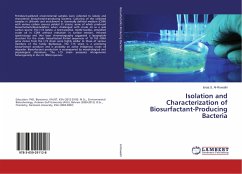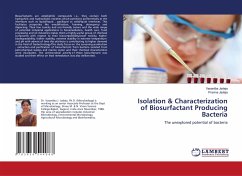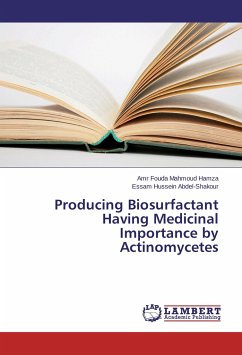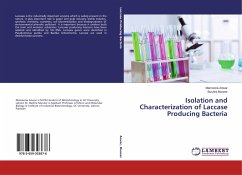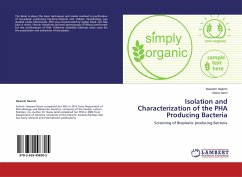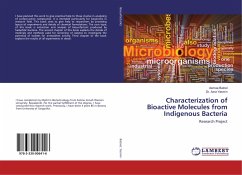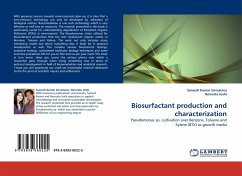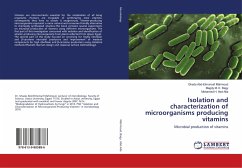Petroleum-polluted environmental samples were collected to isolate and characterize biosurfactant-producing bacteria. Culturing of the collected samples in LB-broth and enrichment in chemically defined medium (CDM) with various carbon sources yielded 51 strains, some of which produced biosurfactants/bioemulsifiers when challenged with crude oil as a sole carbon source. The I-15 isolate, a Gram-positive, motile bacillus, emulsified crude oil in CDM without reduction in surface tension. Infrared spectroscopy and thin layer chromatography suggested a lipopeptide structure for the crude biosurfactant.Partial sequences of 10 16S rDNA gene clones from the I-15 strain were highly similar to those of various members of the family Bacillaceae. The I-15 strain is a promising biosurfactant producer and is probably an active indigenous crude oil degrader. Biosurfactant production is accompanied by morphological and physiological alterations. The I-15 strain possesses intragenomic heterogeneity in the rrn (RNA) operons.
Hinweis: Dieser Artikel kann nur an eine deutsche Lieferadresse ausgeliefert werden.
Hinweis: Dieser Artikel kann nur an eine deutsche Lieferadresse ausgeliefert werden.

